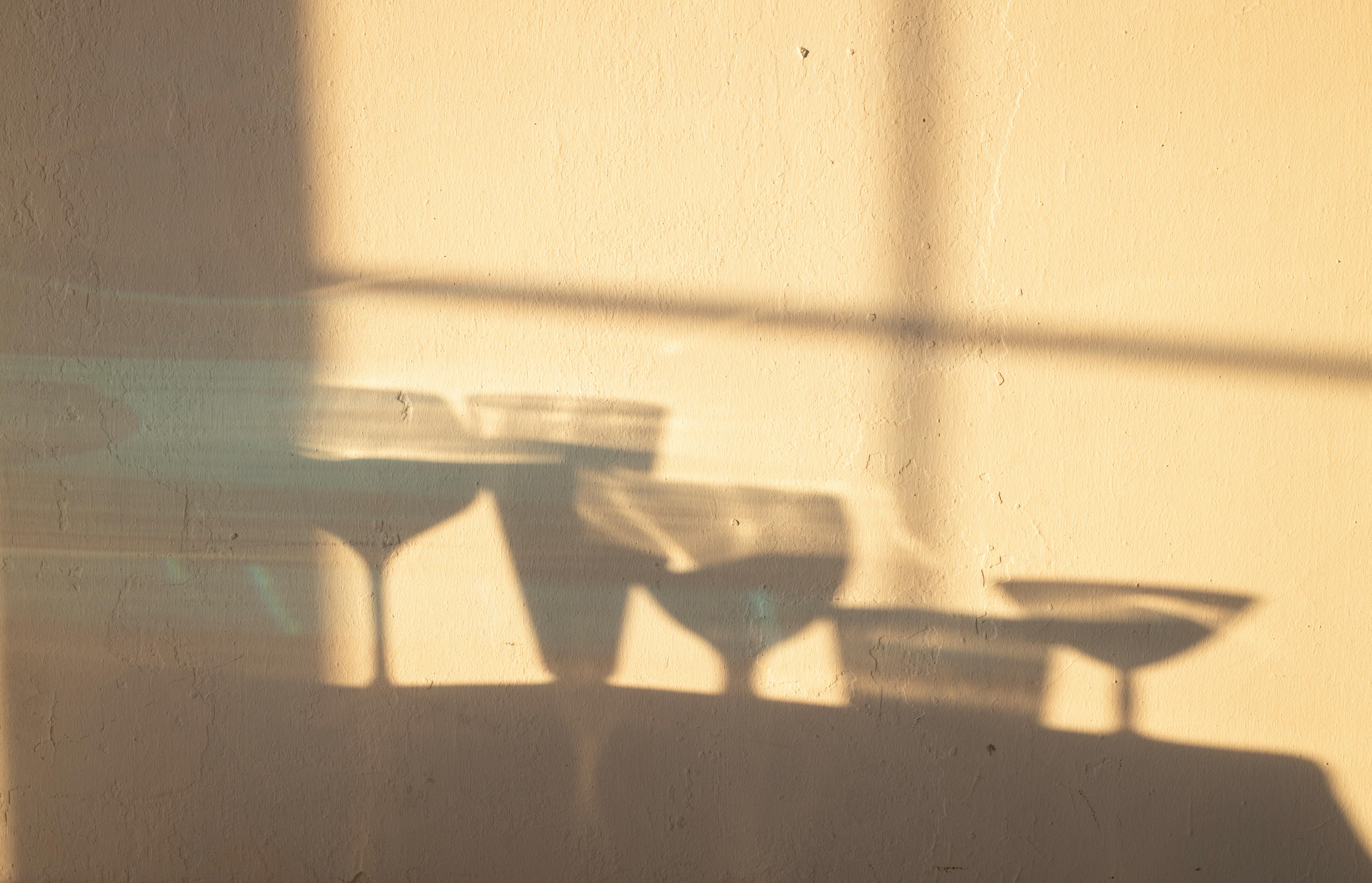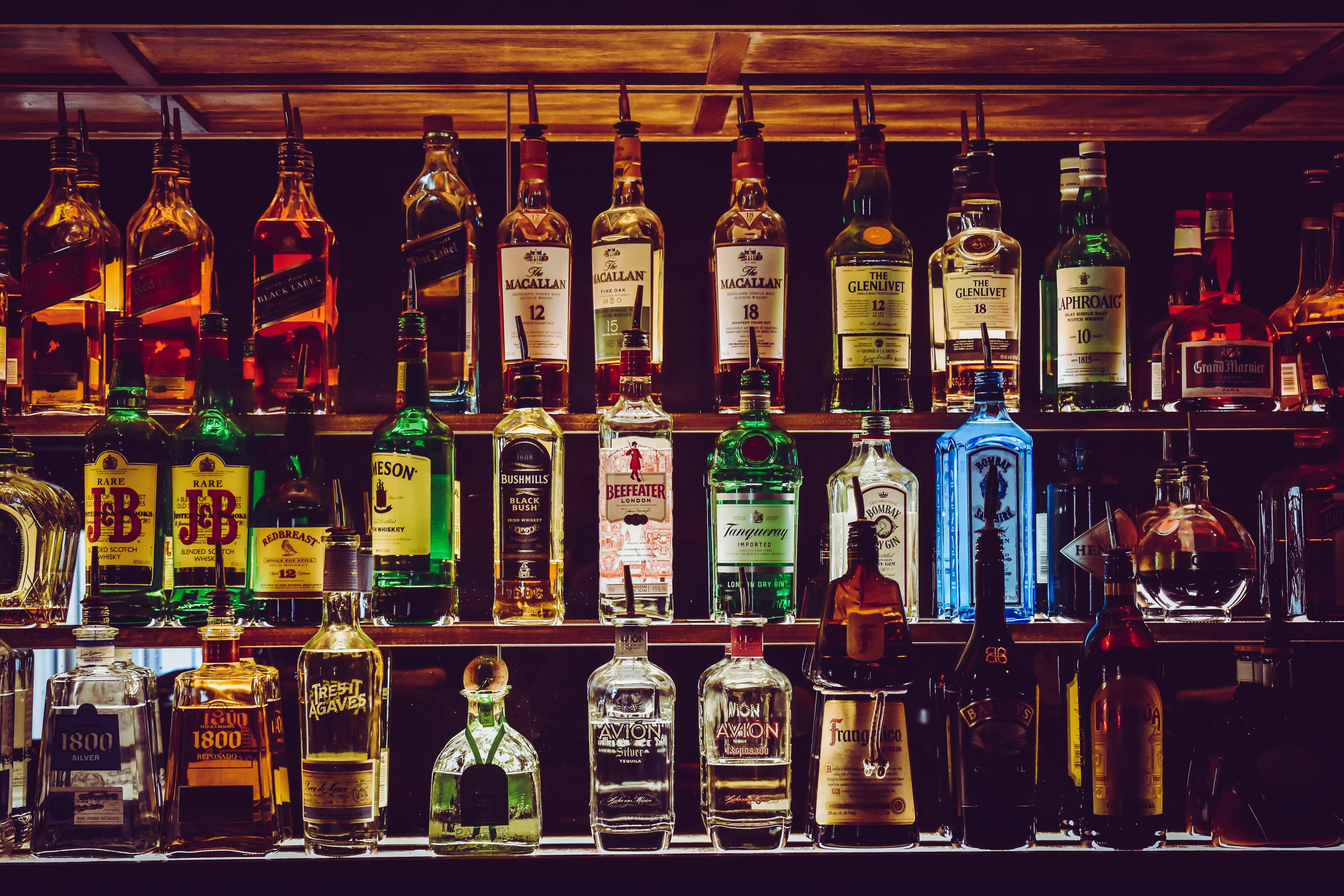Distilled liquor is a type of liquor that has been purified through a distillation process. Distilling liquor involves heating the fermented liquid to its boiling point, then collecting the resulting vapor and condensing it back into liquid form. The resulting liquid is usually higher in alcohol content than the original fermented mixture, making it a stronger and more concentrated spirit. Making distilled liquor at home can be done with the right equipment and ingredients, and is an interesting project for those who are passionate about their spirits. In this guide, we will discuss the process of making distilled liquor and provide step-by-step instructions on how to do it.Making distilled liquor at home is a relatively simple process, but it requires special equipment and knowledge. To make your own distilled liquor, you will need a still, which is a device used to distill liquids. You will also need an appropriate heat source and an adequate ventilation system. In addition, you will need to know how to properly ferment the grains or fruits that you plan to use for your liquor. Once you have all of the necessary equipment and knowledge, follow these steps to make your own distilled liquor at home:
1. Gather the ingredients (grains or fruits) for fermentation and prepare them according to instructions.
2. Place the ingredients into a container with enough water for fermentation and add yeast.
3. Allow the mixture to ferment for several days until all of the sugar has been converted into alcohol.
4. Strain out the solid material from the liquid mixture using cheesecloth or another straining device.
5. Fill your still with the liquid mixture and connect it to a heat source (such as a stovetop).
6. Heat the mixture in order to evaporate and collect the alcohol vapors in a condenser which are then collected in a separate container
Essential Ingredients
Distilling liquor generally requires two essential ingredients: a fermentable base and yeast. The fermentable base typically consists of grains such as barley, corn, or rye; however, other sources such as grapes, potatoes, beets, and even sugar cane can also be used. The yeast helps to convert the sugars in the fermentable base into alcohol. Additionally, depending on the type of spirit being made, other ingredients such as fruits or herbs may also be added for flavor or aroma.
Essential Equipment
The basic equipment necessary to make distilled liquor consists of a still and fermentation equipment. A still is an apparatus that heats up the fermented liquid to separate the alcohol from other components in the liquid. Fermentation equipment is used to turn the fermentable base into alcohol and includes items such as buckets, airlocks, thermometers, hydrometers, and hoses. Additionally, distillers might need additional items such as mash tuns and condensers depending on what type of spirit they are making.
Step 1: Gather Your Equipment
The first step to making distilled liquor is to gather all the equipment you’ll need. This includes a still, such as a pot still or column still, along with a heat source, such as a propane burner. You’ll also need a fermentation vessel, like a carboy or barrel, and optional fermentation aids like an airlock or hydrometer. Finally, you’ll need bottles or other containers to store your finished product.
Step 2: Prepare the Mash
Once you have all the necessary equipment, it’s time to prepare the mash. Start by combining grains and boiling water in your fermentation vessel. This process is called mashing and is used to extract fermentable sugars from the grains. After mashing is complete, cool the mash down and add yeast before sealing it with an airlock or stopper.
Step 3: Ferment the Mash
Now that your mash is prepared, it’s time to begin fermentation. This process turns the sugars extracted from the grains into alcohol through microbial action. Depending on
Fermentation
Fermentation is a metabolic process that converts sugar to acids, gases, or alcohol. It occurs in yeast and bacteria, and also in oxygen-starved muscle cells, as in the case of lactic acid fermentation. Yeast performs fermentation to obtain energy by converting sugar into alcohol or ethanol. Bacteria can also perform fermentation, where they convert carbohydrates into lactic acid.
The process of fermentation starts with the breakdown of sugars into simpler molecules such as pyruvate. In the presence of oxygen (aerobic respiration), yeast and bacteria break down glucose into carbon dioxide and water. Without oxygen (anaerobic respiration), yeast and bacteria convert pyruvate into ethanol or lactic acid using an enzyme called pyruvate decarboxylase.
In brewing beer and wine, yeast is used to convert the sugars present in cereal grains (malt) or fruit juice (grapes) into alcohol. The type of alcohol produced depends on the type of yeast used; ale yeasts produce a sweeter alcoholic beverage than lager yeasts. Lactic acid fermentation is also used in the production of sour foods such as
Boiling the Alcohol
Boiling alcohol is a process of heating the liquid to its boiling point. This is done to separate any impurities from the alcohol, as well as to create a stronger alcohol concentration. The boiling point for alcohol depends on the type of alcohol and can range from 78.3 degrees Celsius (172.9 degrees Fahrenheit) for ethanol, to 117 degrees Celsius (242.6 degrees Fahrenheit) for butanol. When boiling, it’s important to monitor the temperature of the liquid closely as it can easily boil over if not watched carefully. Once all impurities are removed and a desired concentration is reached, you can then move on to condensing the alcohol.
Condensing the Alcohol
Condensing alcohol involves cooling down the liquid so that it forms droplets and evaporates into a gas form. This process is usually done with a condenser, which is either filled with water or ice water, depending on what your desired outcome is. The condensate will be collected in an appropriate container and should be reused or disposed of properly once cooled down completely. Condensing allows for the liquid to be

Aging and Flavoring the Alcohol
The process of aging and flavoring alcohol is an important part of the production of many alcoholic beverages. Aging and flavoring alcohol can significantly improve the flavor, texture, and overall quality of a drink. Aging is the process of storing the alcohol in oak barrels or other containers for a period of time, typically several months or years. During this time, the alcohol absorbs some of the flavors from the wood, which gives it a unique and complex flavor profile. Flavoring is the process of adding additional ingredients to the alcohol such as fruits or herbs to enhance or complement its flavor. Both aging and flavoring can be used to create different styles of drinks with distinct characteristics, such as whiskey, brandy, rum, and gin.
Aging alcohol requires that producers select appropriate barrels for their drinks. Different types of wood will impart different flavors to the drink. Oak is one of the most popular choices because it adds a nice balance between sweet and smoky flavors. Other types of woods such as cherrywood may also be used to impart different notes into an alcoholic beverage. Producers must also decide how long they want to age their drinks; typically longer
Testing the Alcohol for Quality and Strength
When it comes to testing alcohol for quality and strength, professionals use a variety of methods. For example, distillers use a hydrometer to measure the specific gravity of the liquid, which is a measure of density in comparison to water. A higher gravity generally indicates a higher alcohol content. The refractometer is used to measure sugar content or potential alcohol content. The results are displayed in percentages.
Alcohol can also be tested by measuring its boiling point. The lower the boiling point, the higher the alcohol content as certain compounds with higher boiling points will have already been evaporated off during distillation.
The distiller can also use chemical tests such as titration or gas chromatography to analyse the alcohol’s composition in detail and determine its strength and quality. This process requires specialized instruments and expertise as well as other products such as indicator solutions that change colour when mixed with an alcoholic solution of a certain strength or density.
Finally, sensory analysis is used by experts to evaluate the qualities of alcoholic beverages on their own terms. This includes assessing things like aroma, colour, flavour and mouthfeel, all
Safely Storing Your Homemade Distilled Liquor
Storing your homemade distilled liquor is an important step in the process. It’s important to store it correctly to ensure maximum shelf life and quality of the product. It’s also important to take safety precautions when storing your homemade distilled liquor, as it is an alcoholic beverage that could easily be mishandled. Here are some tips on how to safely store your homemade distilled liquor:
First and foremost, make sure you store your homemade distilled liquor in a cool, dry place. Extreme fluctuations in temperature can cause the alcohol content of the beverage to change, so you want to make sure it is stored in an area where the temperature remains relatively constant. Additionally, ensure that your storage area has good ventilation and isn’t exposed to direct sunlight.
Secondly, make sure you use airtight containers when storing your homemade distilled liquor. This will help keep out oxygen and other contaminants that could spoil or alter the taste of the beverage. If possible, use glass bottles or other non-reactive containers as opposed to plastic or metal containers which can react with alcohol over time.

Conclusion
Making distilled liquor is a complex process that requires a lot of time and patience. However, with the right instructions and the right equipment, anyone can make their own spirits and liqueurs. It’s important to note that making distilled liquor is not something to be taken lightly, as it involves hazardous materials like sulfuric acid and methanol. Therefore, it’s important to follow all safety protocols when handling these materials. It’s also important to be aware of the legal regulations surrounding distilled liquors, as the penalties for distilling without a license can be quite severe.
In conclusion, making distilled liquor is an interesting and rewarding experience. With careful preparation and patience, anyone can produce a delicious spirit or liqueur that will please even the most discerning palate. So why not give it a go?

